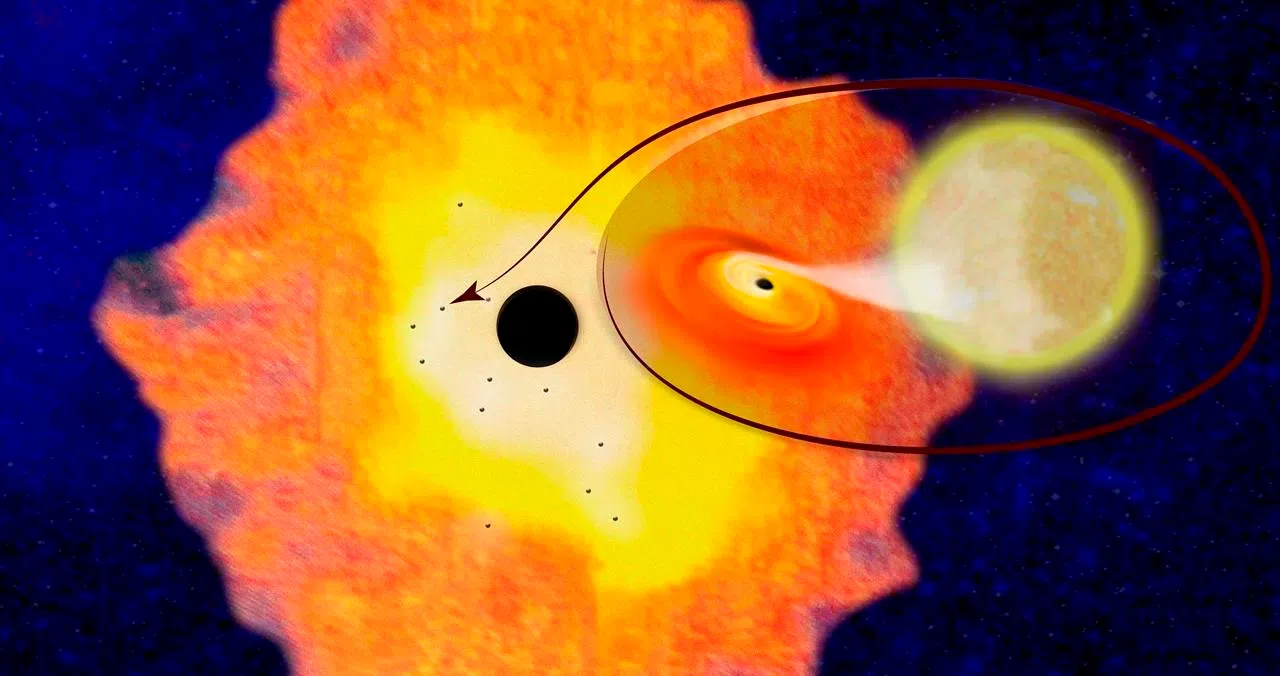
Correction: Black Holes story
WASHINGTON — In a story April 4 about black holes, The Associated Press reported erroneously the distance from Earth to the centre of the Milky Way galaxy. It is estimated to be 24,000 to 30,000 light years, not 3,000.
A corrected version of the story is below:
The centre of the Milky Way is teeming with black holes
Astronomers say they found a dozen black holes in the centre of the Milky Way and that thousands of others are likely at our galactic core
